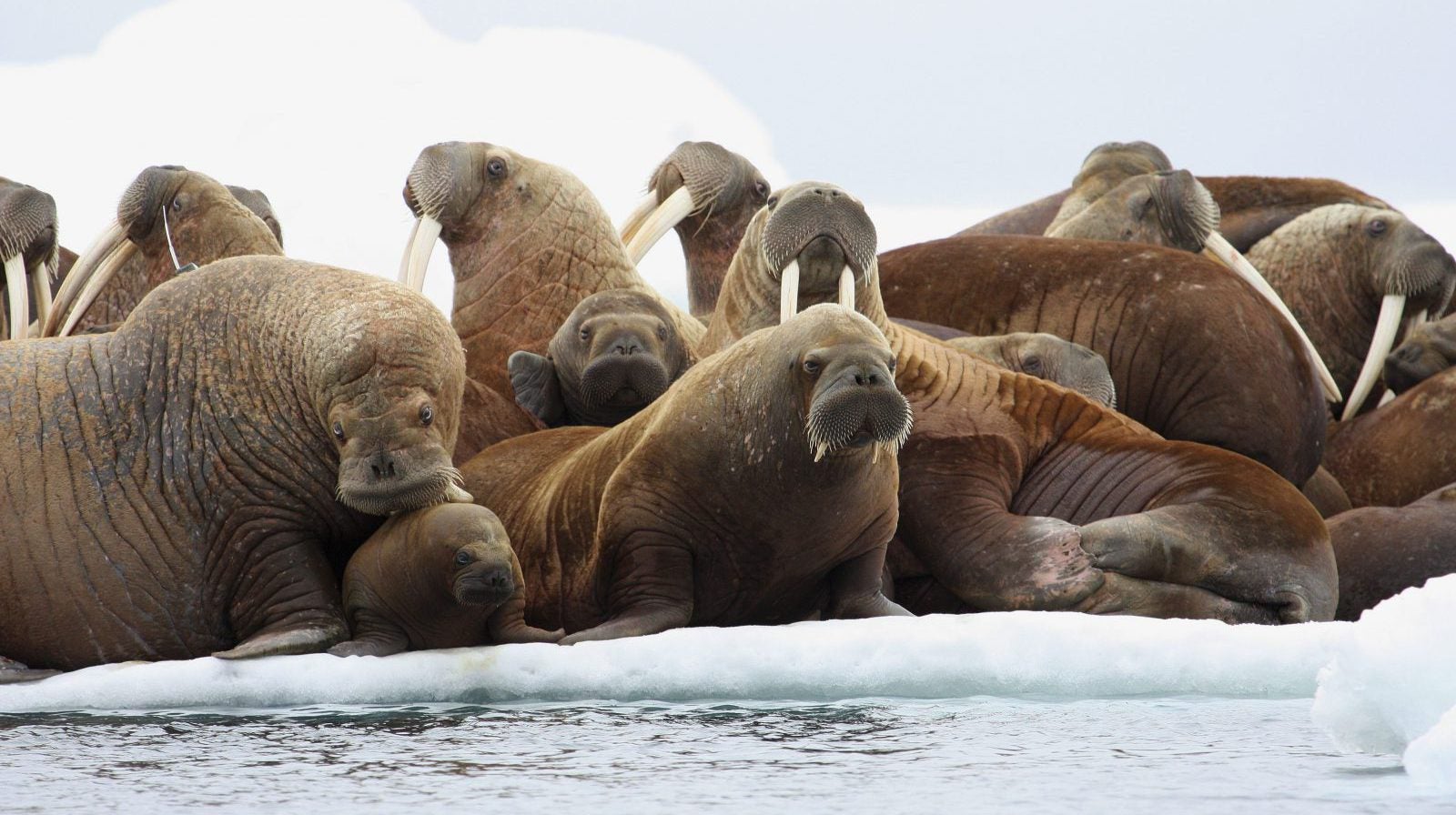Obama is reportedly trying to ban Arctic drilling for the next five years
With just two months before he leaves office, US president Barack Obama will reportedly attempt to block oil drilling in the Arctic Ocean for the next five years. It would be a largely symbolic move, considering the decision must be reviewed by Congress and could be reversed by the next administration.


With just two months before he leaves office, US president Barack Obama will reportedly attempt to block oil drilling in the Arctic Ocean for the next five years. It would be a largely symbolic move, considering the decision must be reviewed by Congress and could be reversed by the next administration.
But the most important indicator that the plan is moot is what the oil industry has actually done while exploration in the US north has been legal, which is to abandon the US section of the Arctic Ocean.
According to Bloomberg, Obama’s plan would bar oil drilling in the Beaufort and Chukchi seas, north of the Arctic Circle, from 2017 to 2022, as part of the US Department of the Interior’s five-year plan. The department’s previous five-year plan allowed for it. But Shell already has announced that it would drop ambitions of producing oil in the Chukchi Sea; after spending some $7 billion there, it said in September 2015 that it did not find enough oil to justify the expense.
The United States Geological Service estimates that some 27 billion barrels of oil lie underneath the US Arctic. These deposits could go a long way toward what some politicians say should be a goal of sustained US energy independence. But the conditions of the stormy north are exceedingly difficult.
Just before the May 1, 2016, deadline for oil lease payments to the government, potential drillers in the region relinquished almost all the sea rights they have held in the Arctic since 2008. They did so for two reasons—low oil prices, and the high cost and environmental risk of working in the extremes of the north.